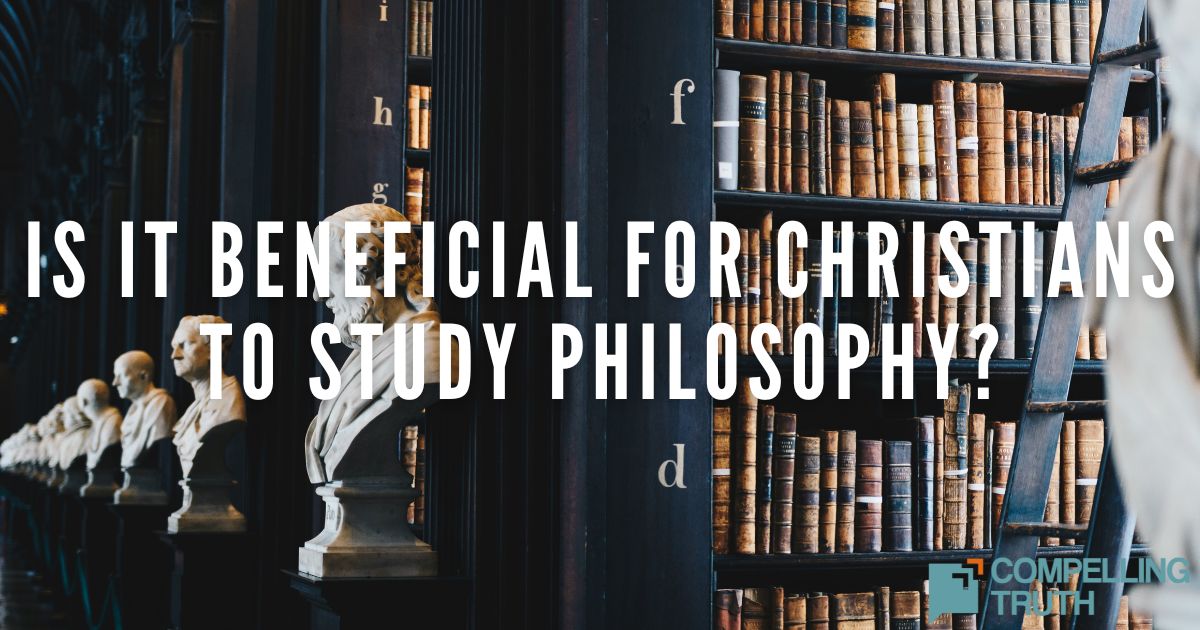Realism is a philosophical position that asserts the existence of universal concepts or abstract objects, independent of human perception. While the Bible doesn't directly address philosophical realism, it provides a foundation for understanding reality and truth. Scripture affirms God as the ultimate reality and source of all truth (John 14:6; Colossians 2:3). The Bible presents a worldview where both physical and non-physical (spiritual) realities exist, created and sustained by God (Colossians 1:16–17). This perspective allows for a nuanced Christian approach to realism, acknowledging the existence of universal truths and abstract concepts, while grounding them in God's nature and revelation.
A Christian perspective on realism acknowledges God as the ultimate source of all reality, both physical and abstract. This view allows for the existence of universal truths and abstract concepts but grounds them in God's nature, rather than as independent, self-existent entities. Recognizing God as the source of all reality can encourage humility in our intellectual pursuits. It reminds us that while we can grasp truth, our understanding is finite and dependent on God's revelation. This fosters a balance between confident assertion of knowable truths and humble acknowledgment of mystery in areas beyond our comprehension.
In ethics and morality, Christian realism provides a solid foundation for universal moral truths, grounded in God's unchanging nature. This counters moral relativism and provides a basis for addressing complex ethical issues in our society. For science and philosophy, this view encourages rigorous inquiry while recognizing the limits of human reason. It suggests that the regularities and laws we observe in nature reflect the consistent character of their Creator. So, a Christian perspective on realism calls us to seek truth diligently, knowing that all truth is God's truth. It encourages us to engage thoughtfully with different philosophical viewpoints, always bringing them under the scrutiny of God's revealed Word.




